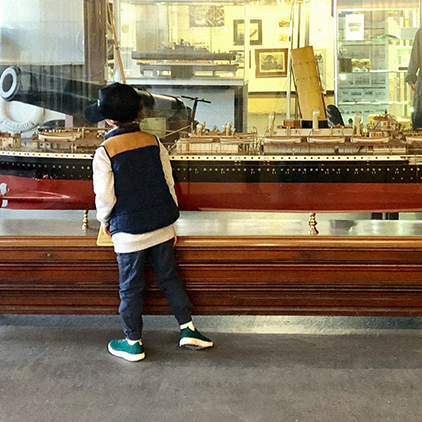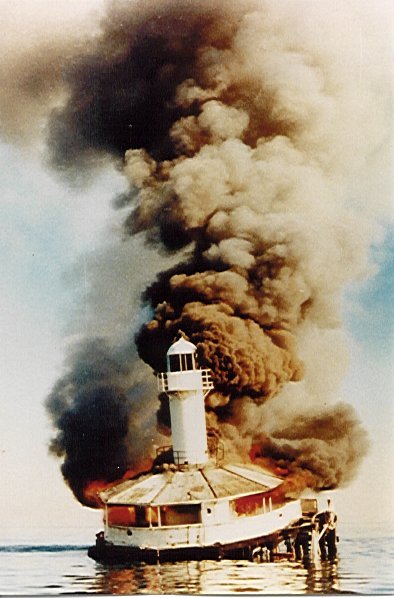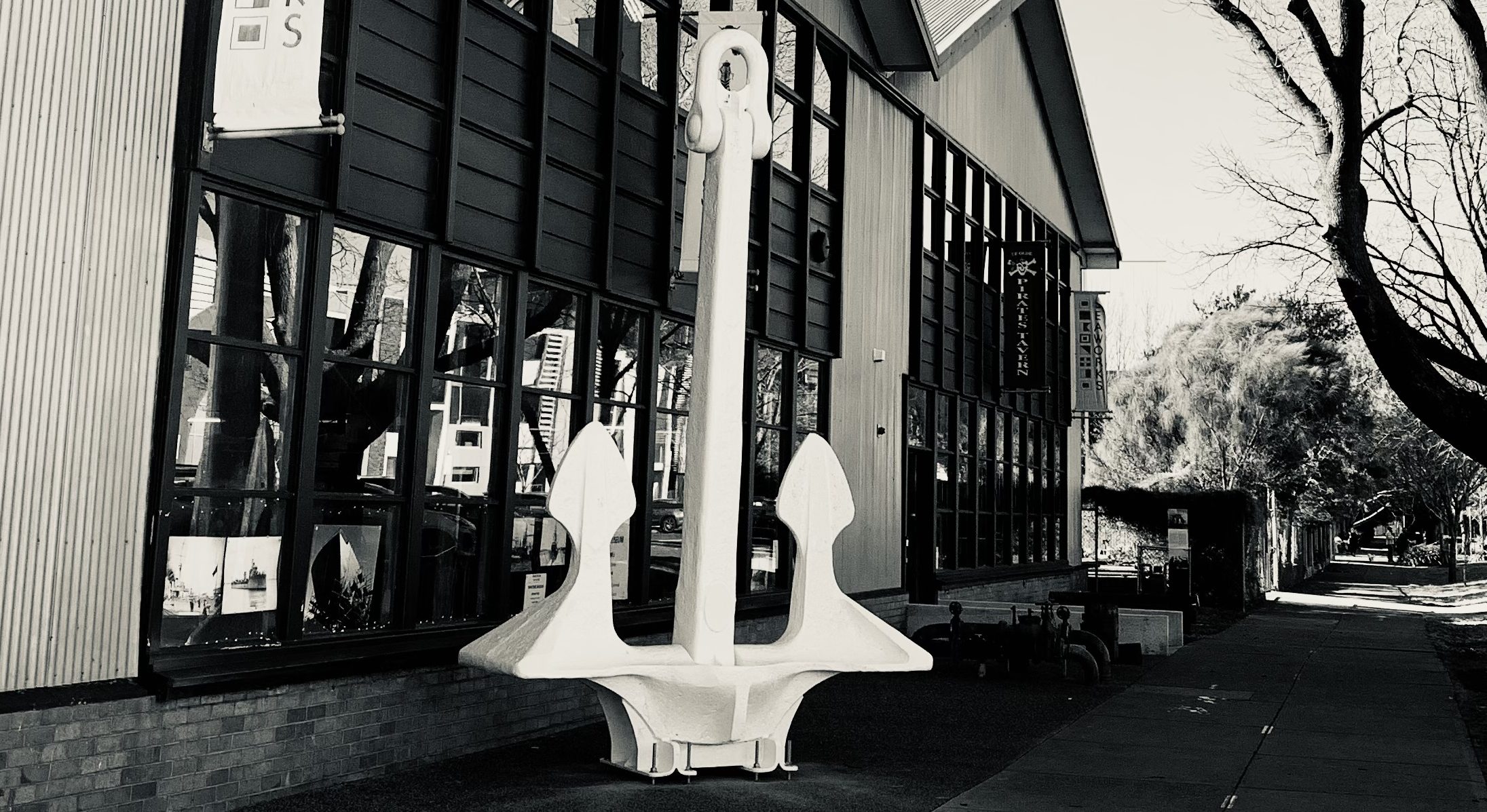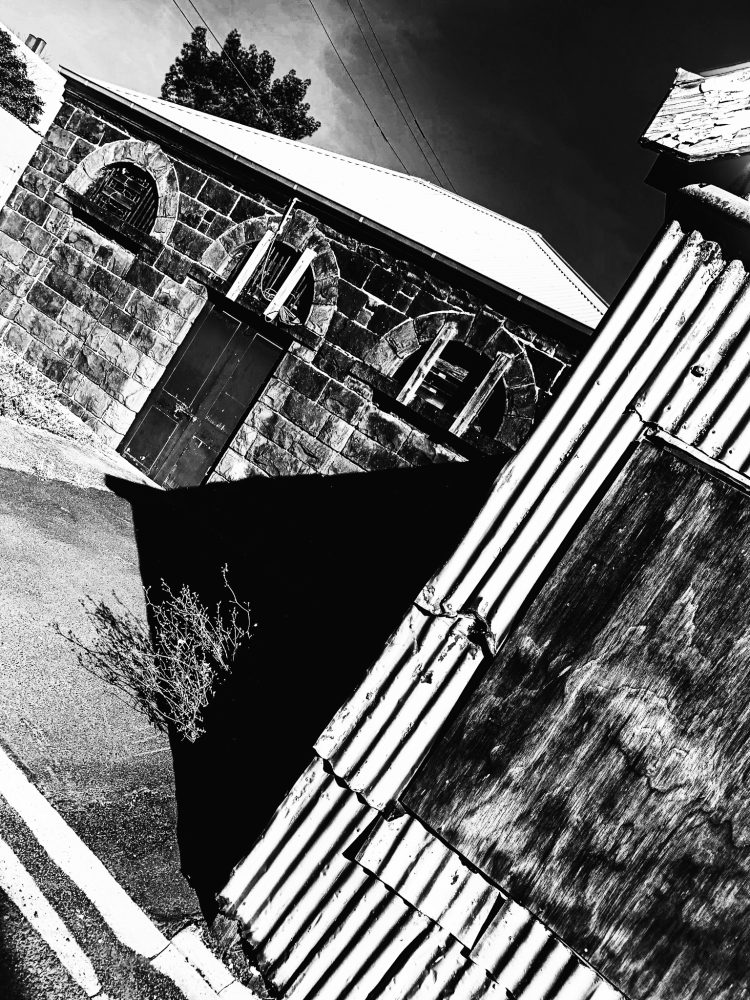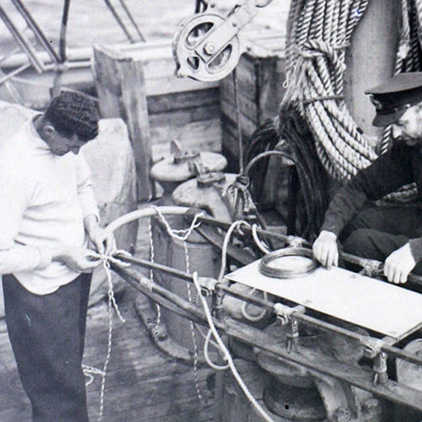The Historic Point Gellibrand Pile Light: A Tale of Navigation and Tragedy
A Tale of Navigation and Tragedy
The Point Gellibrand Pile Light, formally located at the head of Melbourne Channel near Williamstown, had a rich history spanning over 70 years. However, on the fateful morning of June 21, 1976, tragedy struck when the light was struck by the Melbourne Trader, causing severe damage to the structure. Despite efforts to preserve the light, it was eventually destroyed. Today, only a modest steel pile with a solar panel remains to mark the end of Gellibrand’s Point reef, a stark contrast to its majestic predecessor. The light itself can be found on display at Seaworks Williamstown overlooking Hobsons Bay.
History of the Light:
The reef off Point Gellibrand was illuminated by various lights for nearly 120 years. The first lightship, the former barque New Constitution, was stationed there in July 1859. Subsequently, a new lightship was constructed in 1861, consisting of two white lights shown from a temporary anchor. In 1895, a circular iron vessel with a red light atop replaced the lightship. However, this arrangement proved unsatisfactory due to frequent mooring failures.
The Gellibrand Pile Light:
To address the mooring issues, a piled structure was devised. The existing vessel was cut and placed on a barge, while a structure with 33 piles was built in the water. The light was then placed on top of these piles, 23 feet above sea level. Despite encountering challenges during construction, the Gellibrand Pile Light commenced operation on August 1, 1906. It stood as a testament to engineering ingenuity and served its purpose faithfully for several decades.
Tragedy Strikes:
On that fateful June morning in 1976, the foggy conditions contributed to a devastating collision between the Melbourne Trader and the Pile Light. The impact caused the piles to snap at the waterline, leaving the light precariously hanging on a few remaining piles. The structure was on the brink of toppling into the sea, posing a significant risk to any repair efforts. Faced with this dangerous situation, the decision was made to set fire to the light on June 23, 1976.
Salvaging a Legacy:
Prior to the fire, the lantern and dome of the Pile Light were salvaged by the Harbour Trust. These historical artifacts found a new home in the maritime museum complex, where they were exhibited alongside the famous barque Polly Woodside. Although the lantern room had to be reconstructed due to fire damage, the salvaged pieces offer a glimpse into the grandeur of the original structure.
Today, a humble steel pile with a solar panel has replaced the majestic Point Gellibrand Pile Light. While it serves its purpose as a navigational aid, it lacks the grandeur and historical significance of its predecessor. Nevertheless, the memory of the Pile Light’s important role in safeguarding the reef off Point Gellibrand lives on, reminding us of the maritime heritage of Williamstown.
Legacy Today:
The Point Gellibrand Pile Light stood tall for over 70 years, guiding ships through treacherous waters around the reef. Its tragic demise in 1976 marked the end of an era, but its legacy lives on in the salvaged lantern and dome displayed at Seaworks Williamstown.






